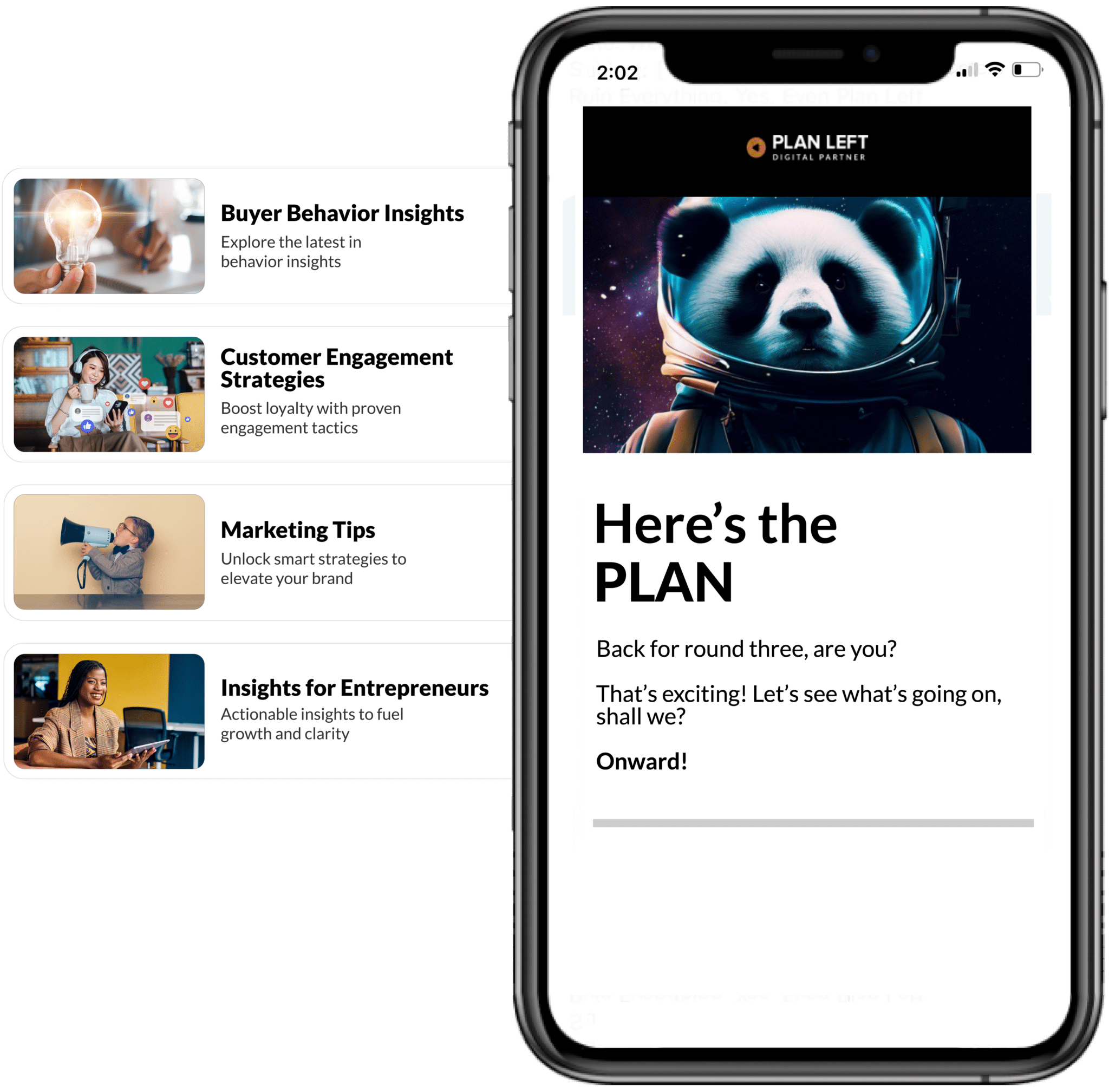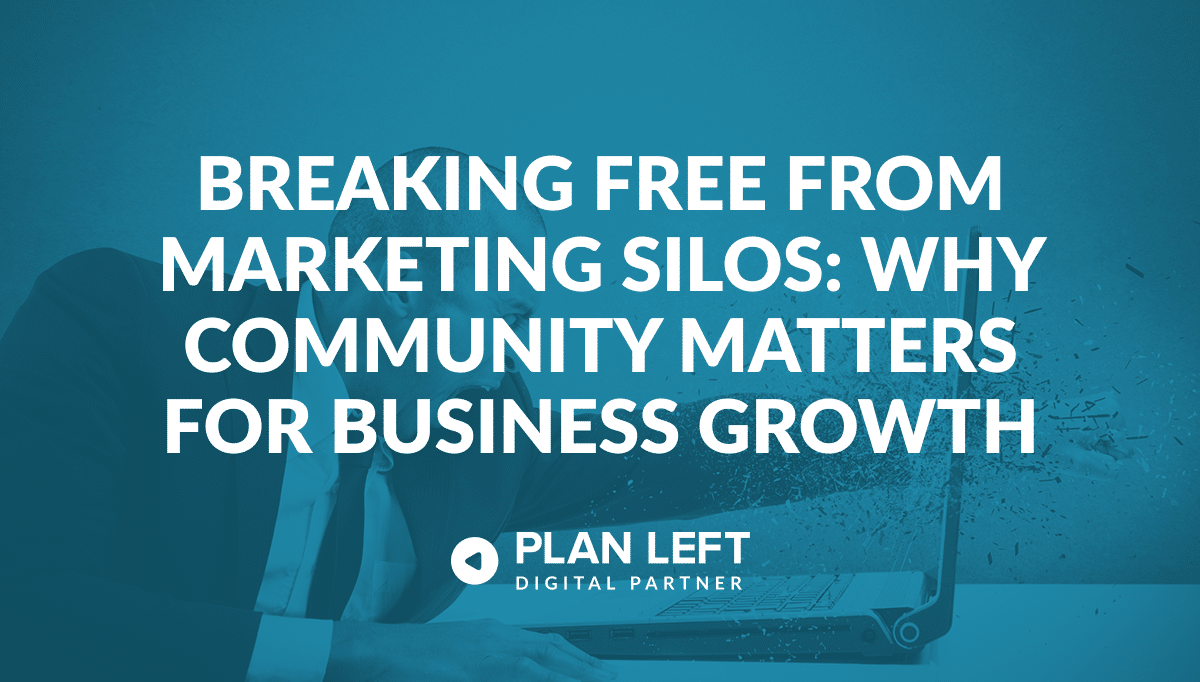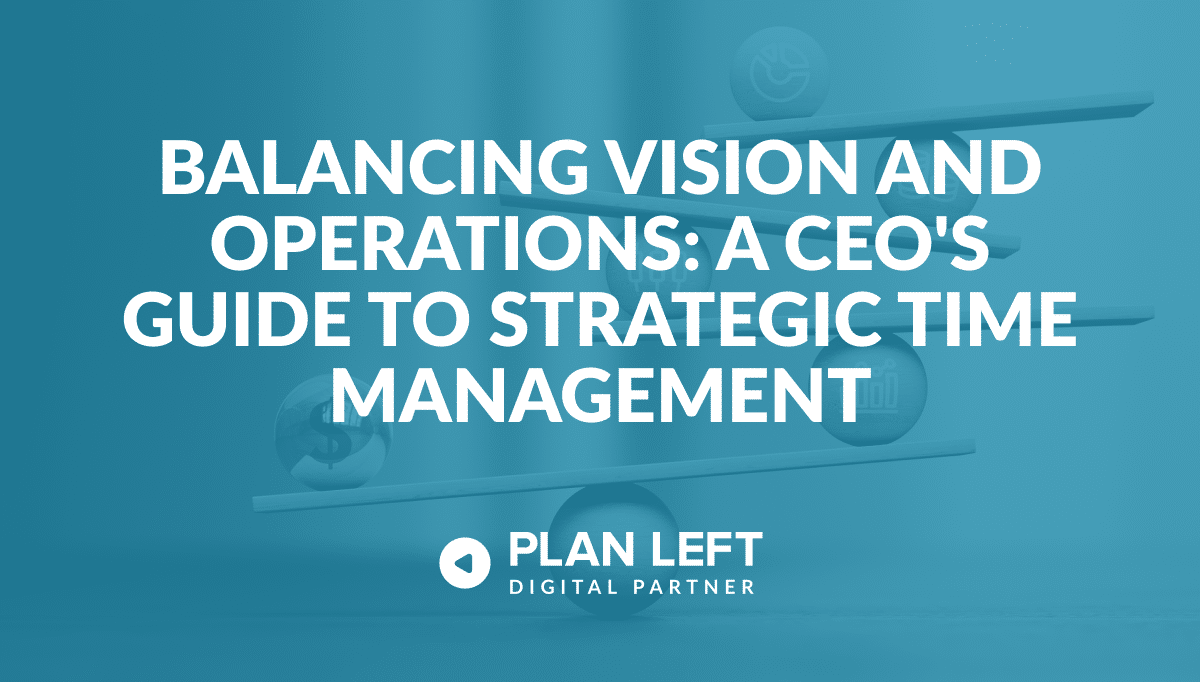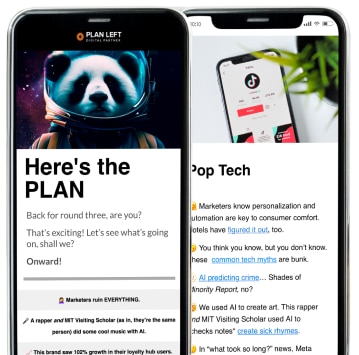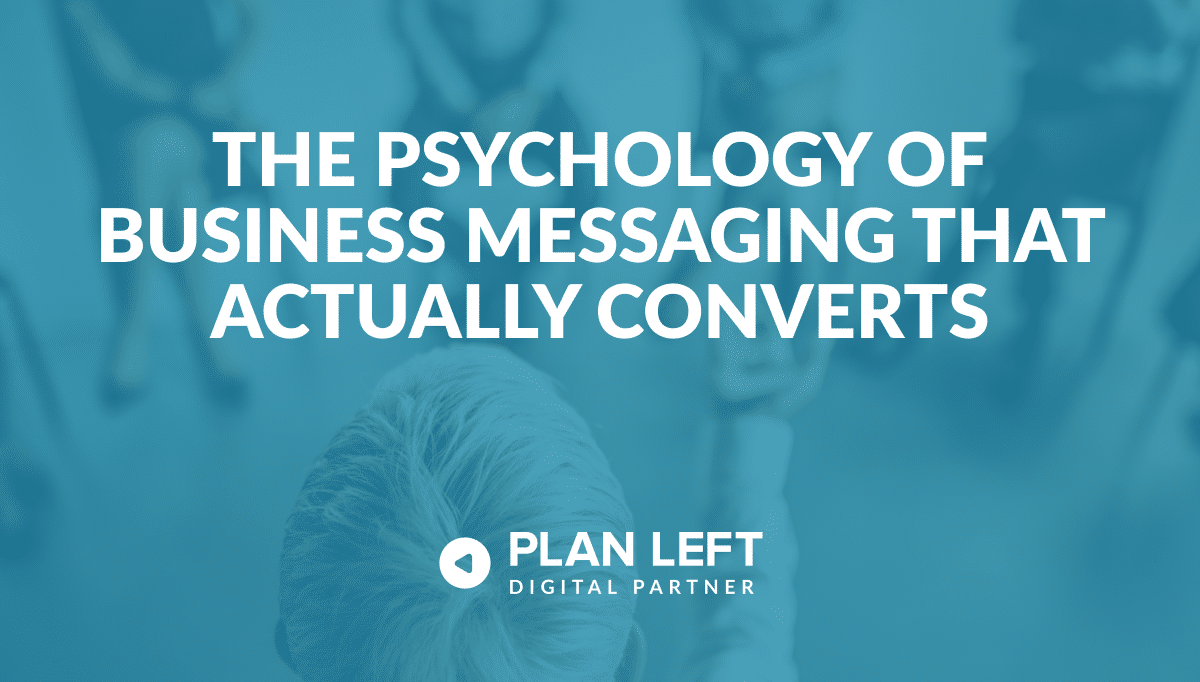
Your message lands in someone’s inbox, and within seconds, their brain has already decided whether to engage or scroll past. What happens in those crucial moments determines whether your carefully crafted communication becomes a conversion catalyst or digital noise. The difference lies in understanding the intricate workings of human psychology and how our minds process, evaluate, and respond to business messaging.
Effective business communication transcends clever copywriting or persuasive language. It requires a deep understanding of cognitive processes, emotional triggers, and the complex decision-making mechanisms that drive human behavior.
Decoding Communication Psychology
Foundations of Psychological Messaging
Every effective business message operates on three fundamental levels of cognitive communication. First, it must pass through the attention filter—our brain’s sophisticated screening system that determines what deserves our mental resources. This filter operates largely below conscious awareness, making split-second decisions based on perceived relevance, emotional resonance, and cognitive load.
The second level involves processing and comprehension. Here, your audience’s existing knowledge, beliefs, and experiences shape how they interpret your message. Their cognitive frameworks act as lenses through which they view your communication, often filling in gaps with assumptions or dismissing information that conflicts with their worldview.
The third level encompasses emotional evaluation and decision-making. Even when we believe we’re making rational choices, emotions play a crucial role in how we process information and arrive at decisions. Understanding this interplay between logic and emotion becomes essential for crafting messages that resonate on both conscious and subconscious levels.
Psychological barriers often prevent effective messaging from reaching its intended impact. Information overload causes audiences to develop increasingly sophisticated filtering mechanisms, making it harder for any single message to break through. Cognitive biases, such as confirmation bias or the availability heuristic, can cause audiences to misinterpret or dismiss messages that could genuinely benefit them.
Trust barriers present another significant challenge. Modern consumers have developed heightened skepticism toward business communications, often defaulting to suspicion rather than openness. Overcoming these barriers requires messaging that demonstrates genuine understanding of the audience’s perspective while providing clear, verifiable value.
Cognitive Triggers in Business Communication
Mapping Psychological Influence Strategies
Successful messaging psychology relies on identifying and ethically activating key decision-making motivators that drive human behavior. These cognitive triggers operate at both conscious and unconscious levels, influencing how people perceive, process, and act on information.
The principle of social proof leverages our fundamental need to belong and make socially acceptable choices. When audiences see evidence that others like them have benefited from your solution, it reduces perceived risk and increases confidence in their decision-making process. However, this goes beyond simple testimonials—it involves understanding the specific social groups your audience identifies with and the validation they seek.
Scarcity and urgency tap into our evolutionary programming that prioritizes immediate opportunities over delayed gratification. Yet effective application of these triggers requires authenticity. Artificial scarcity feels manipulative, while genuine limitations create natural urgency that respects the audience’s intelligence.
Authority and expertise address the cognitive shortcuts we use when evaluating complex information. When facing decisions outside our area of expertise, we naturally look for credible sources to guide our choices. Establishing authentic authority involves demonstrating deep understanding of your audience’s challenges while providing insights they couldn’t easily find elsewhere.
Techniques for psychological engagement extend beyond individual triggers to encompass the overall communication experience. Cognitive fluency—how easily information can be processed—significantly impacts message effectiveness. Messages that feel effortless to understand are more likely to be remembered and acted upon.
Crafting Psychologically Compelling Messages
From Understanding to Influence
Creating resonant communication begins with mapping your message to your audience’s cognitive and emotional journey. This involves understanding not just what they need to know, but how they need to feel at each stage of their decision-making process. Different psychological principles become relevant at different moments in this journey.
During the awareness stage, curiosity and pattern recognition drive engagement. Your messaging should create cognitive gaps—highlighting discrepancies between current reality and desired outcomes—that naturally motivate further exploration. This approach respects your audience’s intelligence while creating genuine interest in your solution.
In the consideration phase, trust-building and risk mitigation become paramount. Your messaging must address both spoken concerns and unspoken fears, providing reassurance through evidence, transparency, and authentic connection. This is where demonstrating deep empathy for your audience’s situation becomes crucial.
Methods to align messaging with psychological principles involve creating multiple touchpoints that reinforce key concepts without repetition. Each interaction should build upon previous ones, gradually deepening understanding and confidence. This requires strategic thinking about message sequencing and how different communications work together to create a cohesive psychological experience.
Authentic storytelling serves as a powerful vehicle for psychological engagement because stories activate multiple areas of the brain simultaneously. When we hear stories, we don’t just process information—we experience it. Effective business storytelling connects your solution to your audience’s larger narrative, helping them envision a future where their challenges are resolved and their goals achieved.
Practical Frameworks for Psychological Messaging
Developing conversion-driven content requires a systematic approach that incorporates psychological principles throughout the creation process. Start by conducting psychological audience research that goes beyond demographics to understand cognitive patterns, decision-making preferences, and emotional drivers.
Create message hierarchies that present information in the order your audience’s brain naturally processes it. Lead with elements that capture attention and establish relevance, follow with information that builds understanding and trust, and conclude with clear pathways for action that feel natural rather than forced.
Tools for psychological communication analysis include message testing that examines both conscious responses and unconscious reactions. This might involve analyzing engagement patterns, measuring emotional responses, or conducting in-depth interviews that uncover the thought processes behind decisions.
Continuous messaging refinement becomes essential because psychological effectiveness can shift as markets evolve, competition changes, and audiences develop new needs or concerns. Regular assessment ensures your messaging remains aligned with current psychological realities rather than past assumptions.
Charting Your Communication Transformation
Psychologically effective messaging represents a fundamental shift from broadcast communication to empathetic connection. This transformation requires ongoing commitment to understanding your audience at deeper levels and continuously refining your approach based on real-world feedback and results.
The immediate actions that create the greatest impact often involve simplifying complex messages, increasing transparency about your processes and results, and demonstrating genuine understanding of your audience’s perspective. These changes signal respect for your audience’s intelligence and time while building the trust necessary for meaningful engagement.
The vision for scientifically-informed communication extends beyond individual campaigns to encompass entire organizational approaches to audience relationships. When psychological understanding becomes embedded in how you think about and interact with your market, every touchpoint becomes an opportunity to deepen connection and drive meaningful results.
Explore Latest Posts
Breaking Free from Marketing Silos: Why Community Matters for Business Growth Every entrepreneur knows the weight of making decisions alone. ... read more
December 11, 2025
A Step-By-Step Approach to Breaking Free from Generic Marketing Enterprise marketing leaders face the challenge of standing out among countless ... read more
December 9, 2025
The constant tug-of-war between strategic vision and operational demands defines the modern CEO experience. While your company's future depends on ... read more
December 4, 2025
Essential Strategies for Entrepreneurs
Get Actionable Business Insights & Marketing Tips
Our newsletter delivers real-world strategies from entrepreneurs who’ve been exactly where you are.
Sign up now for:
- Actionable growth strategies that work
- Insider tactics for attracting top talent
- Real-world case studies from successful founders
- Emerging tech trends that drive innovation
- Pragmatic marketing approaches for visionary leaders
